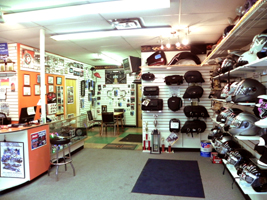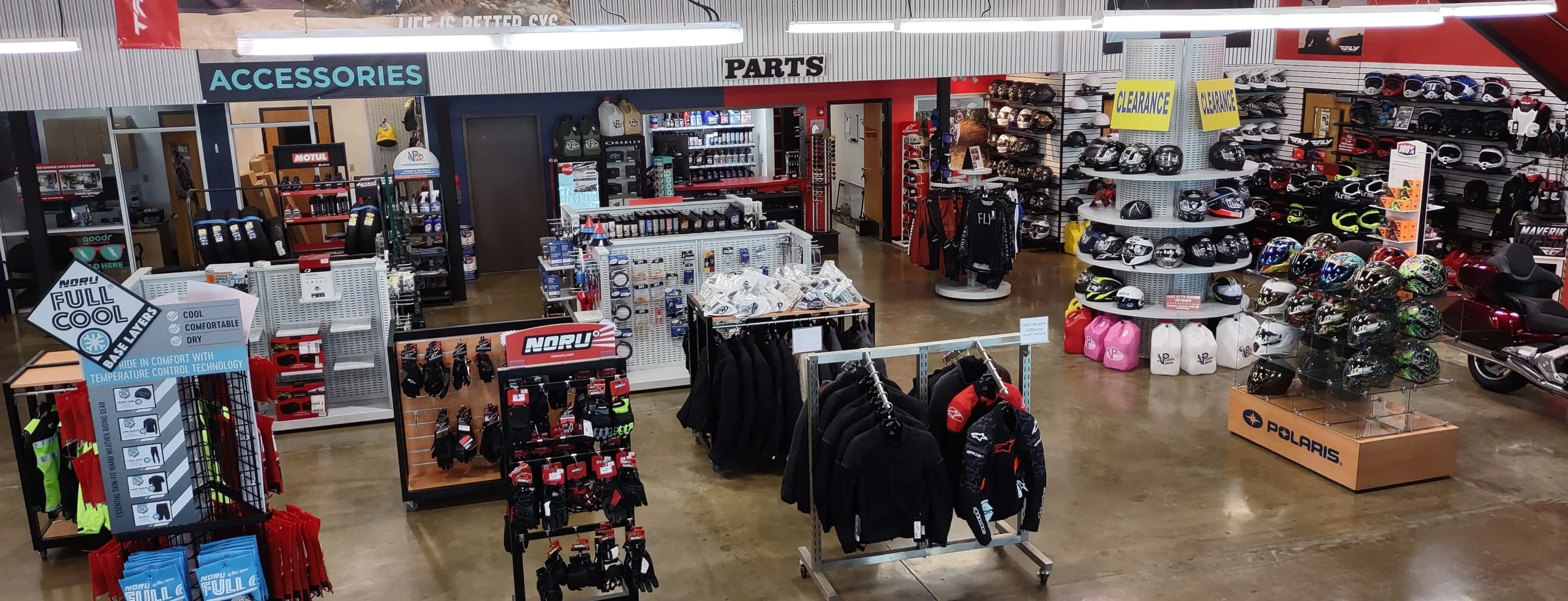Shop the Best MX Parts NZ for Your High-Performance Bike
Shop the Best MX Parts NZ for Your High-Performance Bike
Blog Article
Understanding the Important Parts of a Motorcycle: A Comprehensive Overview for Enthusiasts
For motorbike enthusiasts aiming to elevate their riding experience and guarantee their bikes run smoothly, comprehending the important parts of a motorcycle is vital. Each element, from the engine's complex operations to the vital role of the stopping mechanisms, not just influences performance but additionally safety and security and convenience. This guide will certainly stroll with the fundamental components that every rider need to know with, allowing educated options in both upkeep and prospective upgrades. As we begin this expedition, one must ask: just how does each part engage to develop the smooth experience every enthusiast looks for?
Engine Components

The camshaft plays a crucial function in controlling the timing of the engine's shutoffs, guaranteeing the specific opening and closing required for reliable fuel and air consumption, as well as exhaust expulsion. This timing is critical to keeping optimal engine efficiency and efficiency. Furthermore, the carburetor or gas injection system, relying on the motorbike version, is accountable for blending air with fuel in the appropriate proportion for combustion.
The cooling system, either air or liquid-based, functions to maintain the engine's temperature within functional limits, stopping getting too hot and guaranteeing long life - motocross parts nz. Each part, carefully made and integrated, adds to the smooth procedure of the engine, defining the bike's power output and overall efficiency
Transmission System
Important to the motorcycle's performance, the transmission system makes certain effective power transfer from the engine to the wheels. This system comprises numerous crucial parts, including the clutch, gearbox, and final drive, each playing a crucial duty in translating the engine's power into motion. The clutch, commonly run by a hand lever, serves to disengage the engine and engage from the transmission, permitting smooth gear changes and controlled acceleration.
The transmission, frequently referred to as the transmission proper, includes a set of gears that motorcyclists can manually move with to readjust the bike's rate and torque result. These equipments are organized in a sequence that allows the bike to accelerate efficiently and maintain optimal engine performance across various rates. The majority of motorcycles use a consecutive gearbox, requiring the cyclist to shift equipments in a fixed order.
Braking Devices
While recognizing the transmission system is vital to using a bike's power, similarly crucial is the capability to manage and stop that power effectively, which is where braking devices enter into play. Brakes are essential for safety and performance, supplying the motorcyclist with the needed control to browse numerous surfaces and problems. Generally, motorbikes feature two sorts of stopping systems: disc brakes and drum brakes.
Disc brakes are a lot more prevalent web in contemporary motorcycles due to their premium performance. This system supplies better warmth dissipation, consistent efficiency, and improved quiting power, especially in damp problems.
On the other hand, drum brakes, though much less typical, are still located in some motorbikes. They work by pressing brake shoes versus the internal surface of a drum affixed to the wheel. While generally less reliable in warmth dissipation and quiting power, drum brakes are less complex and extra affordable.
Recognizing these stopping systems' nuances enables motorcyclists to maintain their bikes effectively and appreciate the design that guarantees reliable and risk-free quiting.
Suspension and Guiding
Suspension and guiding systems are essential components that dramatically influence a motorbike's handling and experience convenience. The shock absorber, including forks at the front and shock absorbers at the rear, soaks up roadway irregularities, boosting security and control. Front forks, normally telescopic or upside down, compress and rebound to mitigate impacts, while rear shock absorbers maintain tire call with the roadway, essential for grip and safety.
Steering, centered around the handlebars, attaches the cyclist to the motorbike's directional control. The guiding head bearings ensure smooth operation, permitting specific ability to move. Correct placement and upkeep of these bearings are crucial for foreseeable guiding feedback and minimizing rider tiredness.
The suspension's adjustability is an additional critical element; preload, damping, and rebound settings enable customization to fit numerous riding designs and conditions. This flexibility is necessary for optimizing efficiency, whether browsing city roads or taking on sturdy tracks. Developments like digital suspension systems use real-time changes, boosting experience high quality throughout varied surfaces.

Electric Equipments
After making certain a controlled and smooth experience through reliable suspension and guiding systems, interest transforms to the electrical systems, a pivotal facet of contemporary motorbikes. These systems play a crucial function not only in beginning the engine but additionally in powering various components that improve the functionality and safety and security of the motorbike.
At the heart of a motorbike's electric system is the battery, which stores electric energy essential for beginning the engine and powering auxiliary systems - motorcycle advice shop. The alternator or generator, combined with the rectifier-regulator, guarantees the battery remains billed while the motorcycle functions, converting mechanical energy right into electrical energy and keeping voltage levels
The ignition system, an additional crucial part, is liable for igniting the air-fuel blend in the engine's cylinders. Modern motorbikes typically make use of a digital ignition system, providing better efficiency and integrity contrasted to standard systems.
Lights systems, including headlights, tail lights, and indicators, are also crucial, ensuring presence and safety for the rider. Added electronic elements such as sensing units, control systems, and displays contribute to sophisticated features like fuel injection management, anti-lock stopping systems (ABDOMINAL MUSCLE), and electronic control panels, additionally enhancing the riding experience.
Final Thought
A comprehensive comprehension of a motorbike's necessary parts, consisting of the engine, transmission system, braking systems, suspension, steering, and electrical systems, is important for lovers intending to optimize safety, comfort, and efficiency. Mastery of these components permits informed choices relating to maintenance and upgrades, ultimately improving the riding experience. By incorporating this understanding, cyclists can guarantee their motorcycles run at peak effectiveness and integrity, consequently maximizing both pleasure and long life of their cars.
For motorcycle lovers looking to elevate their riding experience and guarantee their bikes run smoothly, understanding the important elements of a motorcycle is critical.Indispensable to the bike's capability, the transmission system makes sure reliable power transfer from the engine to the wheels.While recognizing the transmission system is key to utilizing a motorbike's power, just as crucial is the capacity to manage and quit that power properly, which is where stopping mechanisms come right into play. Commonly, motorbikes feature two types why not try these out of stopping systems: disc brakes and drum brakes.
A comprehensive comprehension of a motorbike's crucial parts, including the engine, transmission system, braking systems, suspension, steering, and electric systems, is crucial for fanatics aiming to maximize efficiency, comfort, and safety and security.
Report this page